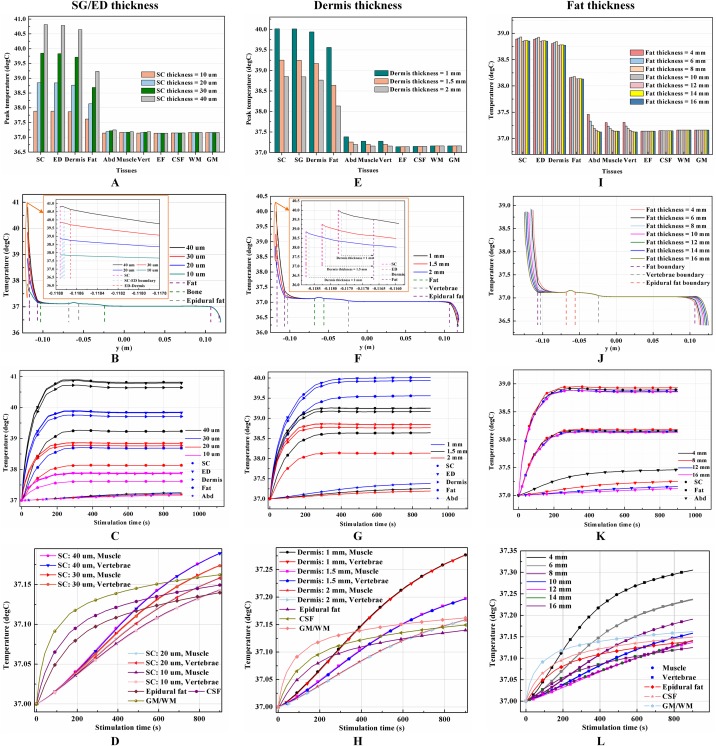Figure 3. Effects of the tissue thickness on the thermal status during tSCS.
(A–D) The thickness of the SC layer varies from 10 to 40 μm. Dermis = 2 mm. Fat = 10 mm. (E–H) The thickness of the dermis layer varies from 1 to 2 mm. SC = 20 μm. Fat = 10 mm. (I–L) The thickness of the fat layer varies from 4 to 16 mm. SC = 20 μm. Dermis = 2 mm. (A), (E), (I) The peak temperature values of each tissue type at the end of tSCS. (B), (F), (J) Temperature distribution at the end of tSCS along the reference line defined in Fig. 1E. Insets in (B) and (F): Magnified view of the parts across the SC/EF/Dermis skin layers. (C–D), (G–H), (K–L) Temperature rising curves of the points with peak temperature variance for each tissue type. The stimulation intensity is 20 mA, the stimulation electrode side length is 1 cm, and the blood perfusion rate of the dermis and WM/GM are 0.025 and 0.012 s−1, respectively.

